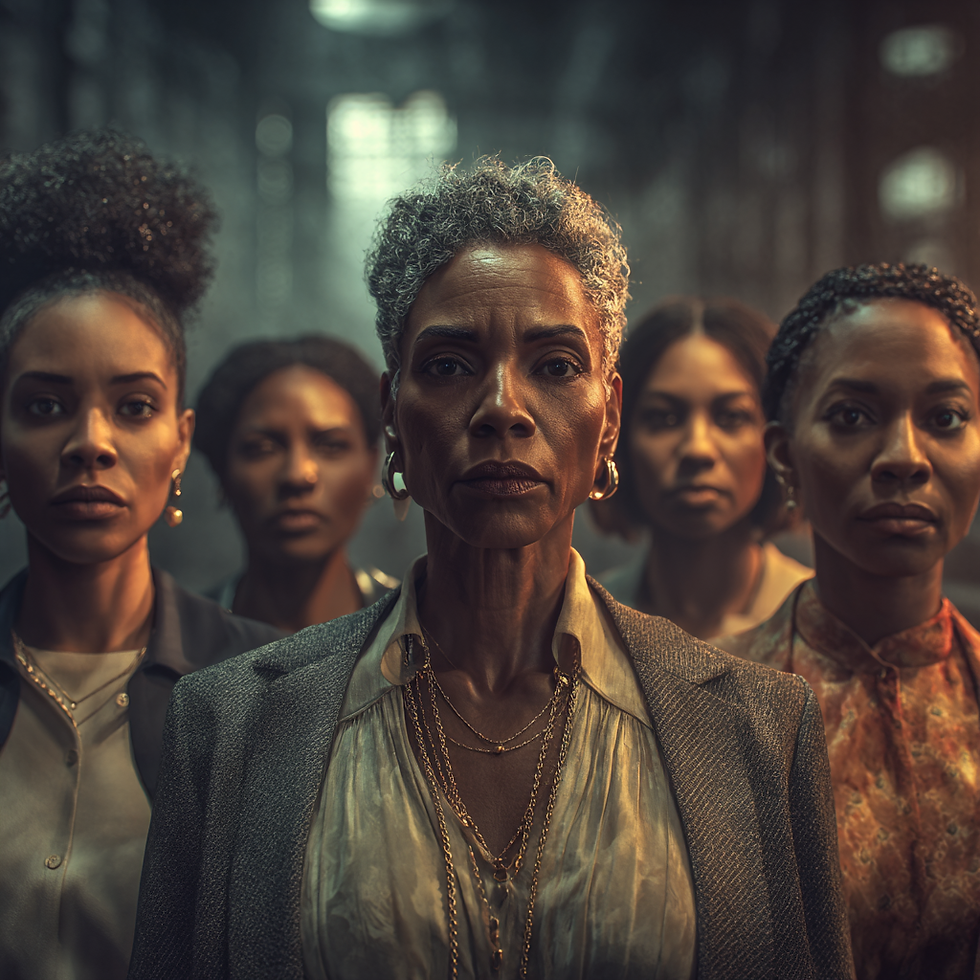300,000 Black Women Pushed Out of the US Workforce in 2025: What Does That Mean for Our Economic Backbone
- Keyanna Harper

- Aug 13
- 3 min read
Updated: Aug 16

The workforce in 2025 isn’t broken by accident; it’s being dismantled by design. From the first day back in office, the Trump administration moved to erase federal diversity, equity, and inclusion programs, slash worker protections, and strip away policies that helped working people survive the pandemic years.
Black women are taking the brunt of these attacks. That’s no coincidence. We’re the most educated demographic in the country, the backbone of voter turnout, and proven leaders in every arena we enter. Hurt us, and they weaken the entire foundation of our communities. That’s the strategy — and it’s playing out in real time.
300,000 Black Women Unemployment Rate Remains Alarmingly High
Between May and August 2025, 300,000 Black women vanished from the workforce. We didn’t all just “decide” to leave — we were pushed out through layoffs, hiring freezes, and the rollback of pandemic-era supports that kept us working. The unemployment rate for Black women has hovered between 6.1% and 6.7% all summer, almost double the rate for white women. While politicians and corporate leaders brag about a “strong economy,” the reality for us is a steady climb in joblessness, especially in sectors like education, healthcare, hospitality, and even federal work.

Coded Racism in Trump’s “Inner City” Comments
The cuts are intentional. Trump’s Executive Order 14151 eliminated federal DEI programs and redirected resources away from equity initiatives. In August, he went on CNBC and said the quiet part loud: “People that live in the inner city are not doing that work… everybody tried… they don’t do it… if they get a bad back, they die”. “Inner city” has always been coded language for Black communities. When the person in the highest office holds those beliefs, it shapes hiring practices, funding priorities, and which programs live or die.
Economic Ripple Effects in Black Communities
When 300,000 Black women lose jobs, entire neighborhoods feel it. Household incomes drop. Rent and mortgages go unpaid. Childcare becomes unaffordable. Small businesses lose customers. And because we already earn less than our peers for the same work, the loss of a paycheck hits harder. Some of us turn to entrepreneurship, but the same administration is also creating headwinds there by fueling corporate pullbacks from diversity supplier programs, cutting off contracts and grant access that once helped us grow.

Policy Solutions to Protect Black Women Workers
This is why policy solutions matter. The Black to the Future Action Fund has laid out an agenda that would raise the minimum wage to $17, make housing and childcare affordable, and overhaul the tax system to actually serve working families. The Joint Center points to sector-based partnerships that could move Black workers into better-paying, more secure jobs. These aren’t lofty ideas, they’re survival strategies.
Final Thought.
The pushout of 300,000 Black women is not just a workforce issue. It is an attack on the economic stability of our communities. We can’t afford to treat this as background noise while the same tired narratives about “inner city laziness” get repeated on national television. We need to call it what it is: coded racism, deliberate economic harm, and an attempt to keep us in positions where we have to fight for scraps. We’re not asking for scraps. We’re building the table, the chairs, and the whole dining room. And while the jobs are under attack, so is our ability to own and grow our businesses. See Part 2 of this series on the retreat from DEI and how it’s gutting Black entrepreneurs






Comments